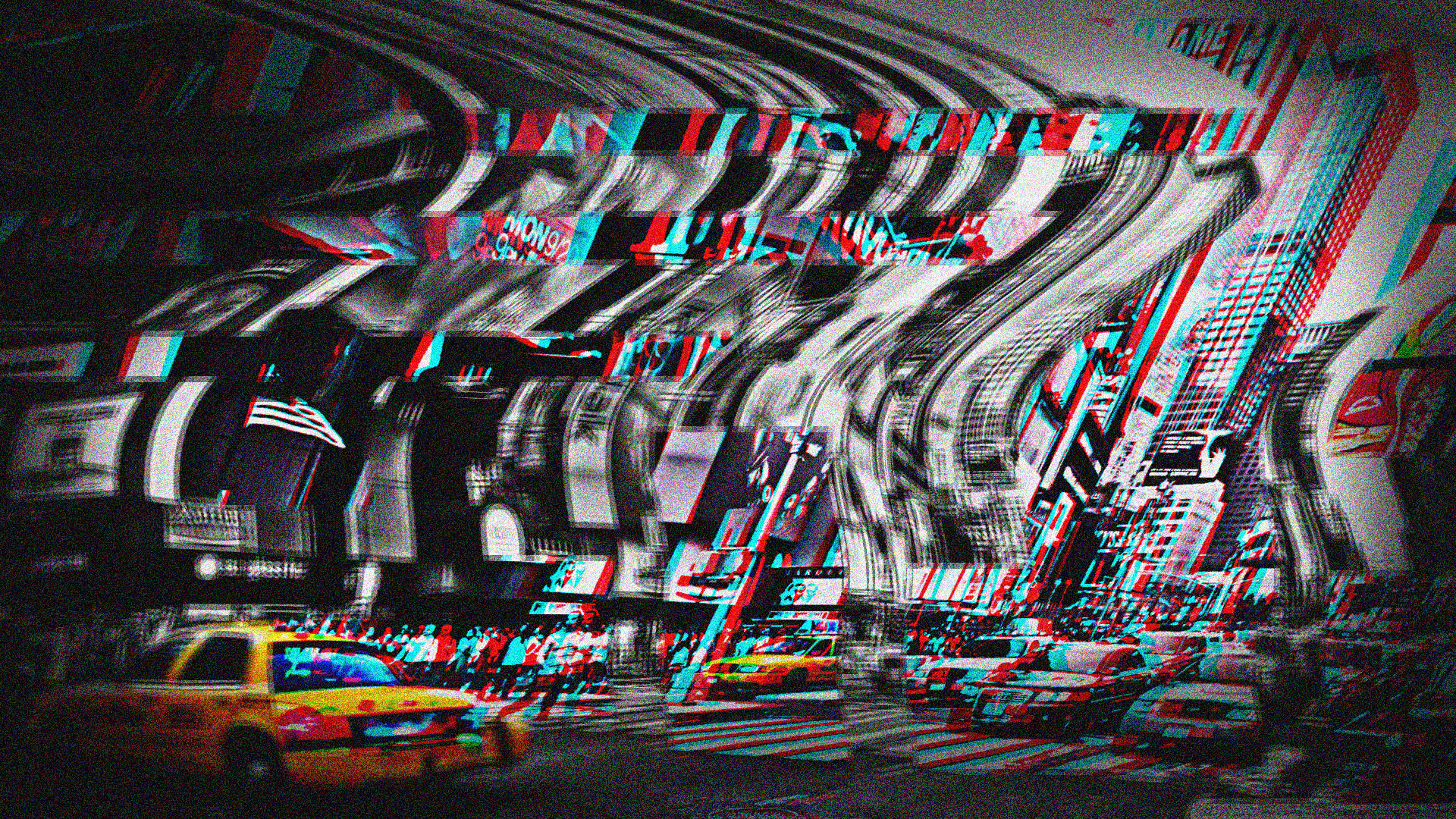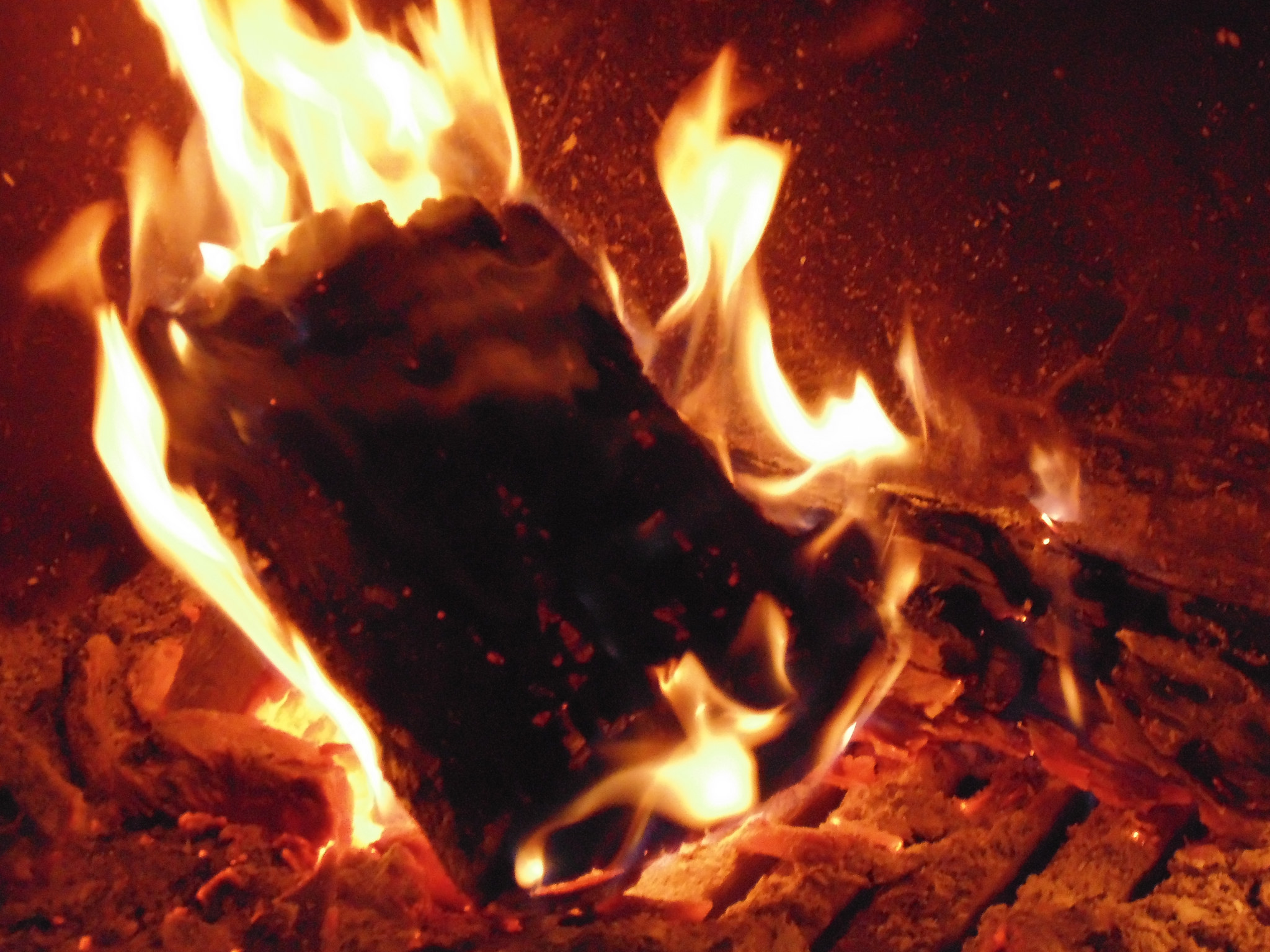
Whenever we add some sort of lo-fi effect to a sound we usually get two things, the removal of some details of the sound and the addition of artifacts. This can be a bunch of different things, like aliasing and quantization error in the case of bit crushing, distortion, speaker emulation, or the more complex artifacts created by data compression (mp3, aac etc.). I’m interested to see what kind of sounds we can create if we use nothing but the artifacts we create with lo-fi filters by removing the original sound using phase cancelling.
This is an experiment I’m doing for the first time and I’m going to be writing my thoughts and process as I go. Some of these may sound kind of boring but I’m hoping we still end up with at least some cool results!
Getting Set Up
To keep it simple, in all these examples I’ll be using the same four sounds as source. A recording of me speaking, a designed impact, a short piano melody and a sine wave. The sine wave is mostly there just for testing the phase cancellation but I’ll have fun mangling it for at least the first example anyways.
The way I set up the sounds for this experiment is pretty straightforward. I have the one clean track that is phase-inverted that we’ll use for cancelling, and then the next track below is where I’ll be putting the effects.
One thing to keep in mind is that even with delay-compensation you still may get a tiny bit of delay between the two tracks once you turn an effect on, which will reduce the effectiveness of the phase cancelling. To compensate for this I also have Reaper’s built in time compensation plug-in on my dry track. You can also manually move the sounds to get them to cancel out better. Using a sine wave is a good way of trying to get the cancellation as clean as possible.
Aliasing From Bit Crushing/Sample-Rate Reduction
What I’m really doing in this case is sample-rate reduction without an anti-aliasing filter. I ended up not doing any bit-rate reduction just because all I really got from it was simple sounding noise.
You can use any bit-crusher/lo-fi plug-in to recreate this, just keep in mind that some plug-ins will add additional filtering or wave-shaping so you may end up with different results. In this case I’m using a free plug-in TAL-Bitcrusher. I’ve reduced the sample rate of all the sounds to about 6900Hz. I had to put a delay of 9 samples to correct the cancellation and raise the volume of the bit-crushed signal by 0.4dB to maximize the cancellation.
I’m pretty pleased with how this turned out. The vocal sound and impact almost sounded synthesized, which could be really useful for trying to get a more authentic 8-bit sound in a pixel-art game for example while still using audio samples rather than synths. Pitching the sounds down led to some interesting results with the added high frequencies from the aliasing, I made heavy use of that on the sound I made from my voice. The rest of the sounds I designed didn’t have any particular goal but where just me playing around with the new source I just created.
Weird Stuff Courtesy of MP3
For this I just exported the sounds from Reaper as 64kbs mp3 files and then re-imported them. The rest of the process for getting the sounds to cancel was identical to before.
In retrospect 64 kbps might have been too low quality. I might have gotten a little too much noise that I ended up masking a lot of the cool tonal artifacts. I still am pretty happy with what I ended up with though, it just took a little more work to get it to be useful. I went ahead and did a little de-noising with iZotope’s RX to bring out the tonality more. That did introduce some new artifacts but they were cool nonetheless so I ran with it.
Something about the movement of the artifacts gave me a very dark space-y vibe that I really like. With my voice I got some sort of distant space creature growls with some weird fluttery elements, maybe space flies? The impact ended up feeling more useful as a whoosh as the quieter parts are where the more interesting data compression was going on. With the piano I didn’t do much but pitch it down and add a little verb but I thought it sounded pretty cool and eerie, maybe good for a horror, sci-fi type of thing. The chirps created by the data compression add a really nice and unsettling texture.
The Failures…

That’s the end of cool things that worked, but I wanted to share some other things I tried during this experiment that didn’t really work.
Distortion
Big problem with this was getting good cancellation going. Most distortion also compresses the audio and getting an unprocessed signal to match the dynamics of the distorted one was too difficult for the somewhat mediocre results I got. Whenever I managed to achieve a solid cancellation I mostly ended up with simple noise or what just sounded like a slightly filtered version of the distorted signal before cancellation.
Bit Depth Reduction
I mentioned this briefly before, but the reason I didn’t use bit depth reduction and only sample rate reduction was because the former didn’t really lead to much aside from uninteresting noise. Like distortion, the change in dynamics made it really hard to get solid phase cancelling.
Speaker Emulation
This again has the dynamics problem but also most speaker emulation takes frequencies away rather than add new ones. This led to a result that wasn’t anymore interesting than just some simple EQ, albeit with a little more noise.
Time Stretching/Pitch Shifting
In this case I was trying to remove the original signal with RX as apposed to phase cancelling. I ended up mostly only getting interesting artifacts from RX rather than the sound itself so I considered this a failure.
Any Ideas?
If you have any ideas on other things I could try with this technique, or another tool you’d like me to experiment with let me know in the comments!
Very interesting experiments!